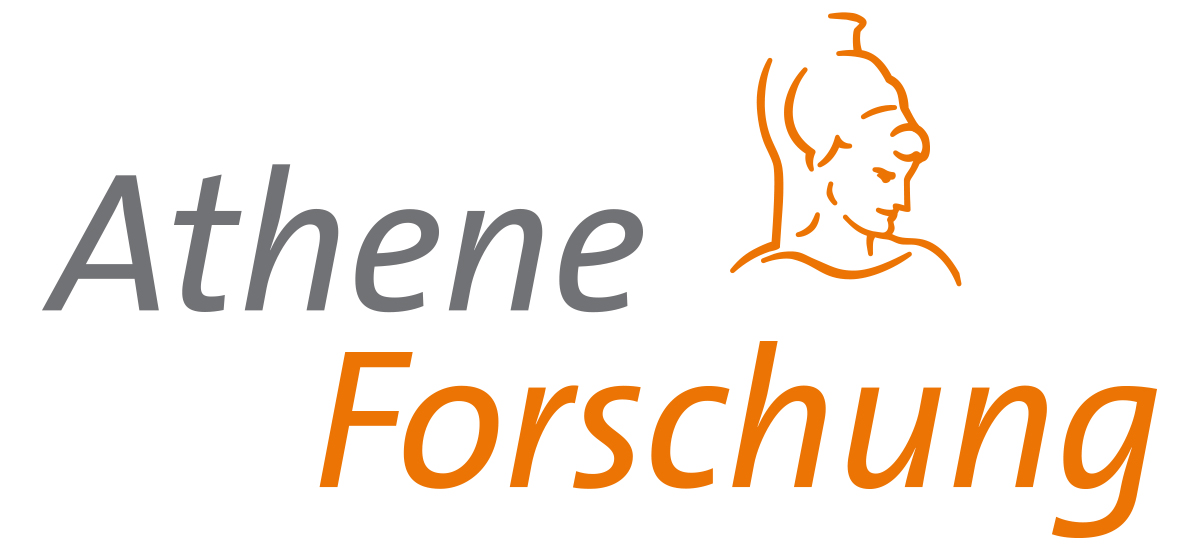Autor:
Schindler, Markus
Originaltitel:
Selektive Epitaxie für Quantenbauelemente
Jahr:
2006
Typ:
Dissertation
Einrichtung:
Universität der Bundeswehr München, Fakultät für Elektrotechnik und Informationstechnik
Betreuer:
Eisele, Ignaz, Prof. Dr. rer. nat.
Gutachter:
Eisele, Ignaz, Prof. Dr. rer. nat.; Hansch, Walter, Prof. Dr.-Ing.
Format:
PDF
Sprache:
Deutsch
Schlagworte:
CMOS ; Dotierung ; Selektive Epitaxie
Stichworte:
CMOS,MOSFET, Selektive Epitaxie, LPCVD, Si, SiGe, Strain-Engineering, Vorreinigung, Source, Drain, Bor-Dotierung, As-Dotierung
Übersetzte Stichworte:
CMOS, MOSFET, Selective Epitaxy, LPCVD, Si, SiGe, Strain-Engineering, Precleaning, Source, Drain, Boron-doping, Arsenic-doping
Kurzfassung:
Die vorliegende Arbeit befasst sich mit der Prozessentwicklung von p- und n-dotierter selektiver Epitaxie (SE) für die Herstellung von hochdotierten source/drain-extensions in der höchstintegrierten CMOS-Produktion. Die kontinuierliche Verkleinerung von CMOS- Strukturen erfordert sehr abrupte Dotierübergänge, weshalb das thermische Budget von Dotier- und nachfolgenden Prozessen stark verringert werden muss. Da die bisher benutzte Ionenimplantation ein Hochtemperaturprozess ist, kann sie die Anforderungen an die kommenden Technologienoden nicht erfüllen. In der vorliegenden Arbeit wird das potential der selektiven Epitaxie untersucht, die Ionenimplantation in Zukunft zu ersetzen. In der vorliegenden Arbeit wird gezeigt dass selektive Epitaxie das Potential hat die Ionenimplantation als Standarddotiermethode in der PMOS-Herstellung zu ersetzen. Die selektive Epitaxie mit n-Dotierung (für die Herstellung von NMOS) weißt inhomogene Schichtdicken und mangelnden Dotierstoffeinbau auf. Das Ersetzen von DCS durch Disilan lösst diese Probleme, aber in der LPCVD konnte Selektivität bisher nur mit clorhaltigen Siliziumgasen erreicht werden. Aus der Diskussion der Ergebnisse wurde geschlossen dass der Sauerstoffpartialdruck aus der Leckrate des Prozessreaktors die Hauptursache für die mangelnde Selektivität ist. Mit kleinerem Sauerstoffpartialdruck wird auch das notwendige thermische Budget für die Vorreinigung niedriger. Aus beiden Gründen muss der Sauerstoffpartialdruck (bzw. die Leckrate) in zukünftigen LPCVD-Produktionsanlagen deutlich verringert werden. «
Die vorliegende Arbeit befasst sich mit der Prozessentwicklung von p- und n-dotierter selektiver Epitaxie (SE) für die Herstellung von hochdotierten source/drain-extensions in der höchstintegrierten CMOS-Produktion. Die kontinuierliche Verkleinerung von CMOS- Strukturen erfordert sehr abrupte Dotierübergänge, weshalb das thermische Budget von Dotier- und nachfolgenden Prozessen stark verringert werden muss. Da die bisher benutzte Ionenimplantation ein Hochtemperaturprozess ist, kann sie die Anfo... »
Übersetzte Kurzfassung:
This work focuses on the potential of Selective Epitaxial Growth (SEG) for the fabrication of highly doped source/drain-extensions in VLSI CMOS production. SEG is considered to replace ion implantation as the common doping method. The aggressive downscaling of CMOS- and DRAM-structures puts strict requirements on doping shallowness and abruptness of source/drain-junctions. Because diffusion of dopants (especially boron) is strongly temperature activated, the temperature for doping (and subsequent processes) has to be lowered considerably to fulfill the IRTS -requirements for the coming technology nodes. This is not possible for the high-temperature anneal required after conventional ion implantation, but in-situ doped SEG seems to be a promising technology. It will be demonstrated that SEG has to potential to replace ion implantation as common doping method in PMOS. SEG with n-type doping for the production of NMOS still lacks the layer homogeneity across the wafer and doping efficiency. Replacing dichlorosilane by disilane is shown to solve these problems, but in LPCVD selectivity can be achieved only with clorinated silicon precursors until now. The O2 partial pressure stemming from reactor leakage is shown to be the main reason for this. The requirements of the low temperature pre-epitaxial cleaning step are another reason to ower the O2 partial pressure stemming from reactor leakage considerably in future commercial LPCVD systems. «
This work focuses on the potential of Selective Epitaxial Growth (SEG) for the fabrication of highly doped source/drain-extensions in VLSI CMOS production. SEG is considered to replace ion implantation as the common doping method. The aggressive downscaling of CMOS- and DRAM-structures puts strict requirements on doping shallowness and abruptness of source/drain-junctions. Because diffusion of dopants (especially boron) is strongly temperature activated, the temperature for doping (and subsequen... »
Tag der mündlichen Prüfung:
08.12.2006
Eingestellt am:
25.03.2009
Ort:
Neubiberg
Vorname (Autor):
Markus
Nachname (Autor):
Schindler








 BibTeX
BibTeX